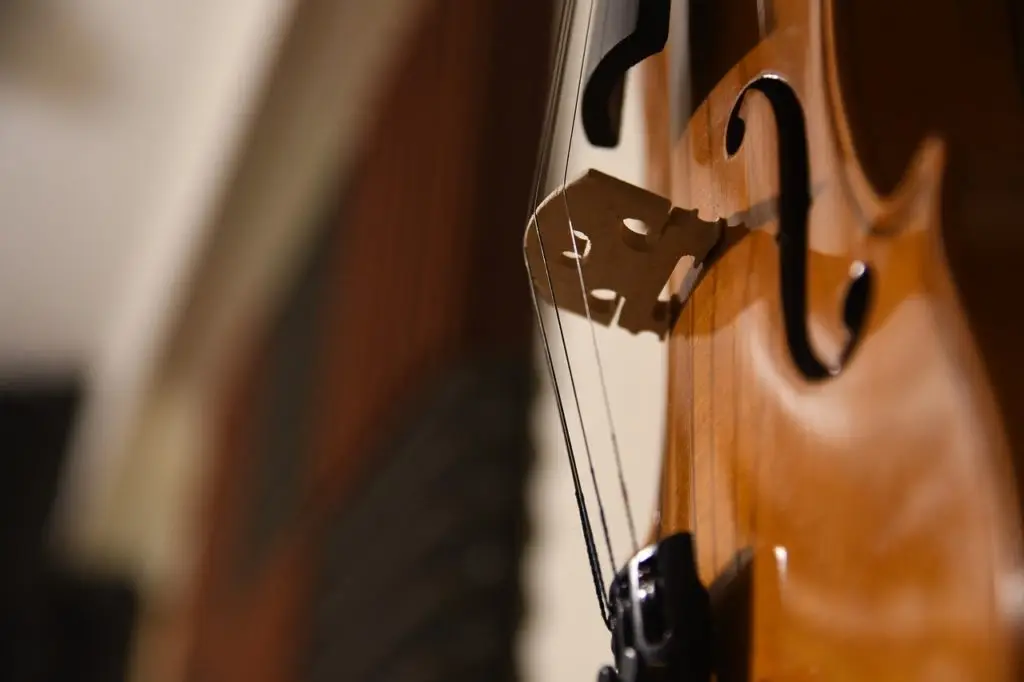
Viola
The viola, a member of the violin family, occupies a distinctive place in the realm of classical music. Positioned between the violin and the cello in terms of size and pitch, the viola contributes a unique timbre to orchestral and chamber music. Its slightly larger body produces a warmer and richer sound compared to the violin, making it an integral part of the symphony orchestra. With its four strings, played with a bow, the viola serves as a bridge between the higher-pitched violins and the lower-register cellos and basses, adding depth and richness to the overall ensemble.
Despite its essential role in classical music, the viola has sometimes been overshadowed by its violin counterpart. However, its distinctive voice has gained recognition and appreciation over time. Composers like Wolfgang Amadeus Mozart and Dmitri Shostakovich showcased the viola’s expressive capabilities in their compositions. Additionally, the viola has found a place in various chamber music settings, where its nuanced tones and melodic contributions shine. Renowned violists like William Primrose and Lionel Tertis have elevated the instrument, demonstrating its potential for both solo and collaborative performances.
The viola’s versatility extends beyond the classical domain, with contemporary musicians exploring its potential in genres ranging from jazz and folk to rock and pop. Its mellow tones and expressive qualities make it a valuable addition to diverse musical landscapes. Despite being one of the less well-known members of the string family, the viola continues to captivate audiences with its distinctive sound and contribute to the rich tapestry of musical expression.
To book your first lesson, submit a Contact Form by clicking the link below
